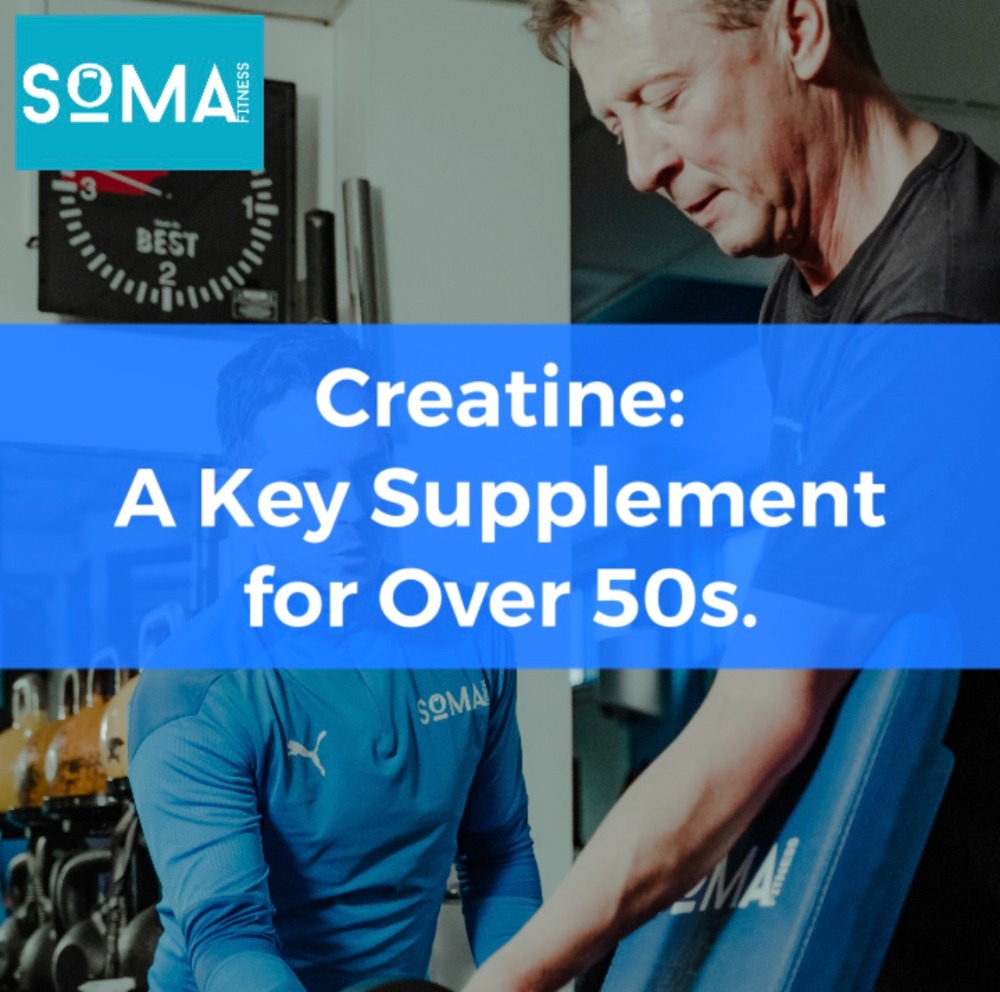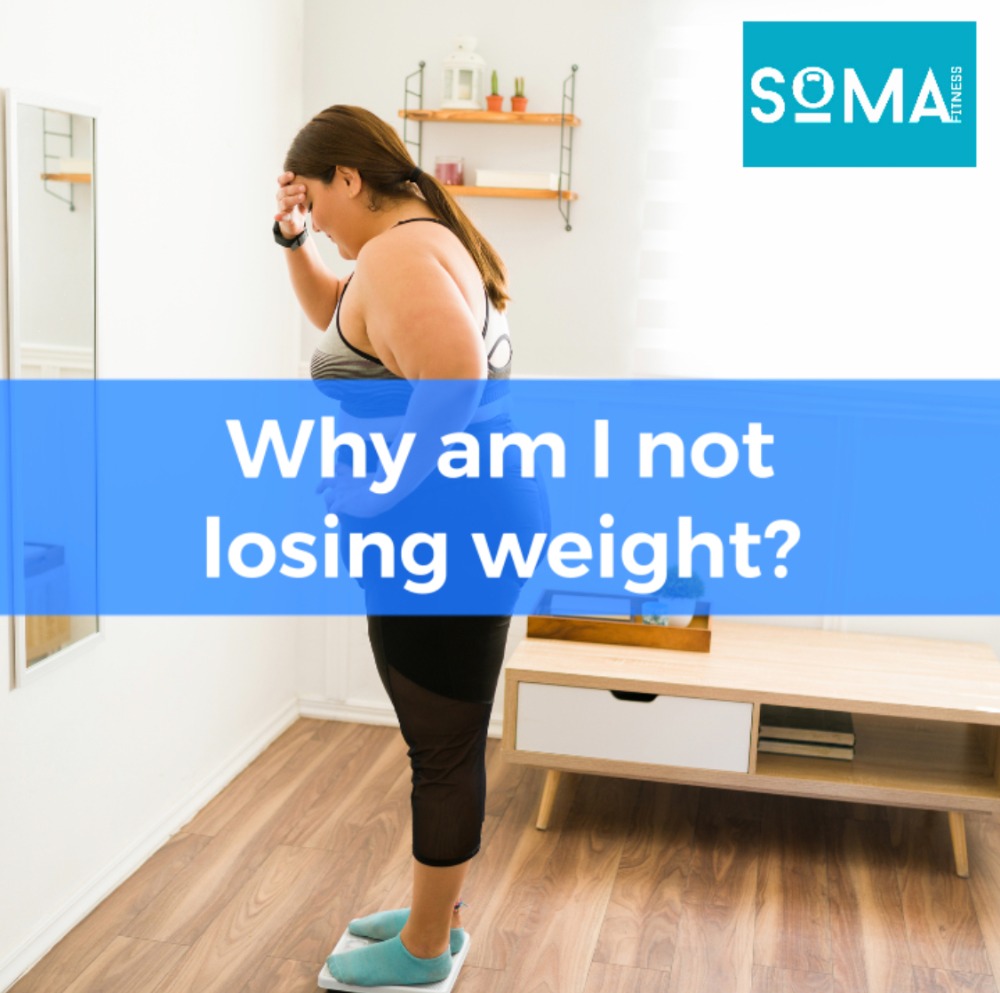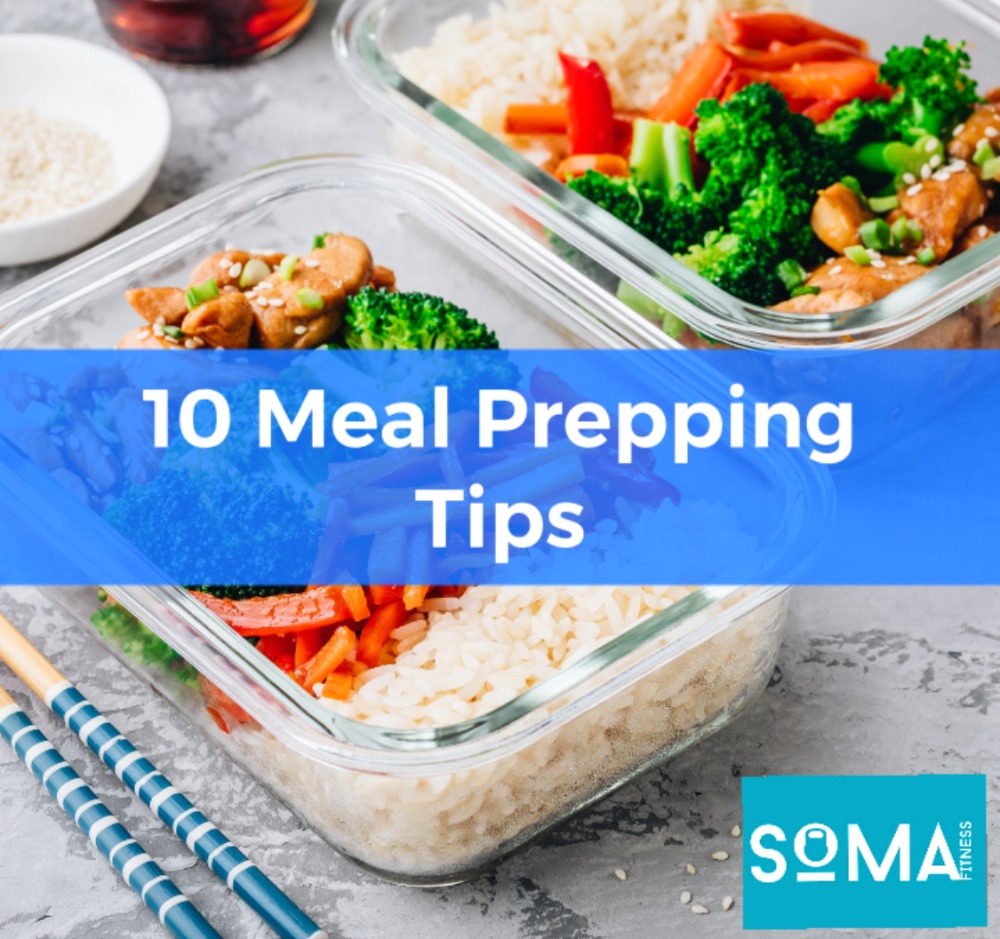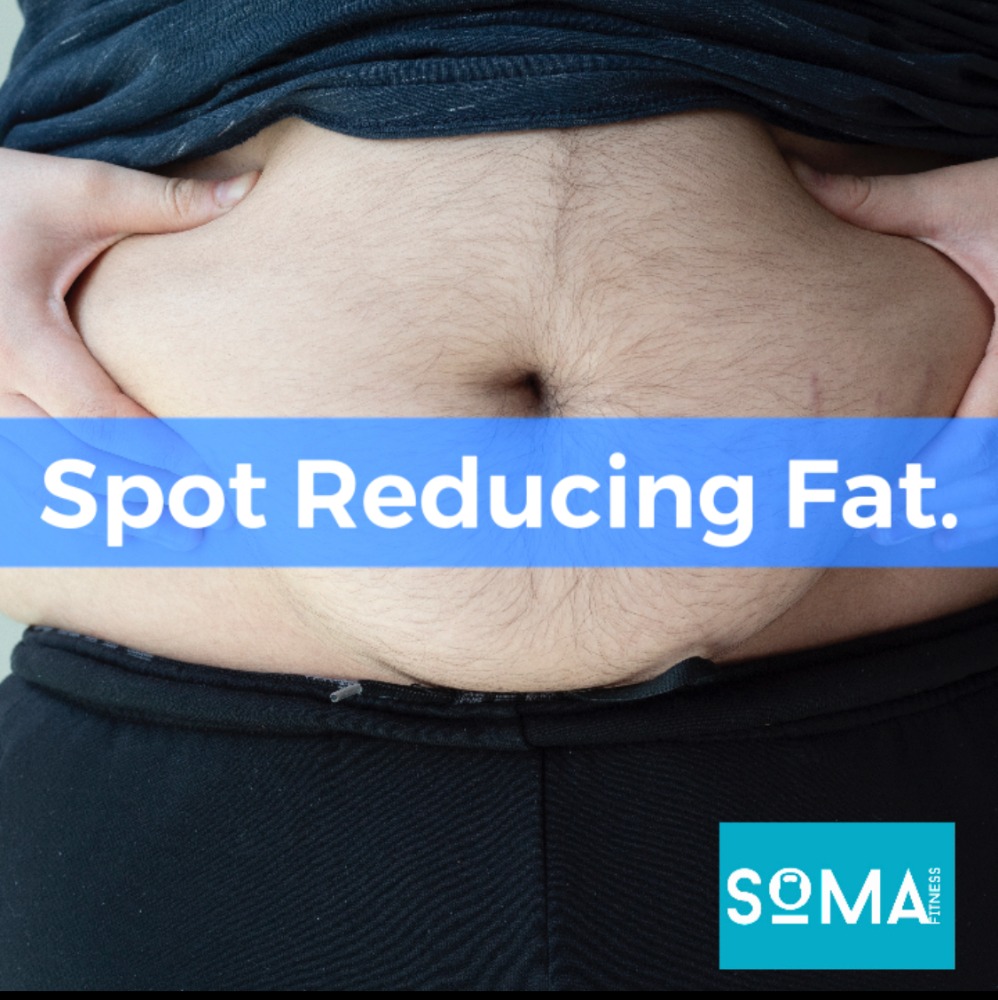Creatine: A Key Supplement for Over 50s.
As we age, our bodies go through various changes and our muscle mass, fitness levels and health can decline. However, incorporating sound nutrition and a consistent exercise routine can help to slow down this process and maintain our physical wellbeing. Another effective tool to enhance fitness and health in older age is the use of supplements, and one supplement that stands out is Creatine. As personal coaches we find that populations within this age bracket has a slight resistance to supplementation. Creatine is one of the most heavily researched and safest supplement available to us, today we will explore some of the benefits.
Creatine is a naturally occurring compound that is produced in the liver and stored in muscle tissues. It is commonly used by athletes and bodybuilders to increase strength and muscle mass. But, its benefits go beyond just athletic performance. Here’s how Creatine can benefit those over 50s.
- Improves Muscle Strength and Power: Creatine helps to increase the production of ATP (adenosine triphosphate), the primary energy source for muscles. With more ATP, your muscles can perform better and longer, leading to improved strength and power. This can be especially beneficial for older individuals who are looking to maintain their muscle mass and prevent muscle loss.
- Boosts Brain Function: Creatine has been shown to have a positive effect on cognitive function and memory. By providing energy to the brain, it can help improve focus, memory recall, and overall mental clarity.
- Supports Bone Health: As we age, our bones can become weaker and more prone to fracture. Creatine has been shown to have a positive impact on bone density and may help to reduce the risk of osteoporosis.
- Enhances Heart Health: Creatine can help improve heart function and reduce the risk of heart disease. It has been shown to lower blood pressure, improve cholesterol levels, and reduce oxidative stress.
- Supports Healthy Weight Management: Creatine has been shown to support healthy weight management by increasing muscle mass and reducing body fat. This can be particularly beneficial for older individuals who are looking to maintain a healthy weight and reduce the risk of obesity-related health issues.
Creatine is a valuable supplement for those over 50 who are looking to enhance their fitness and health. It is safe, effective, and has a range of benefits, including improved muscle strength, cognitive function, bone health, heart health, and weight management.
As a personal training business, we often educate your clients about the benefits of Creatine and how it can help them reach their goals and have a positive impact on their health. By incorporating Creatine into their fitness routine, we can help them enhance their overall energy levels, health and wellbeing.
We recommend consuming 5g of Creatine Monohydrate per day for most individuals. To get hold of a high quality source click the link below:











Recent Comments